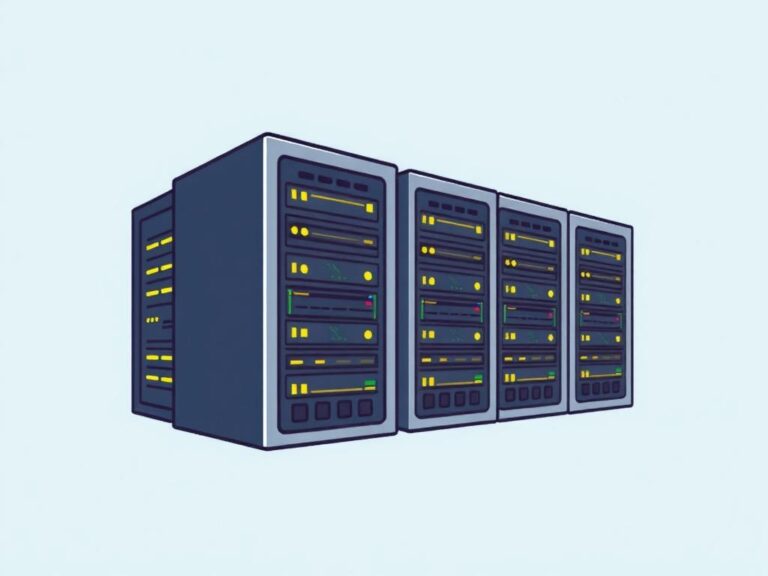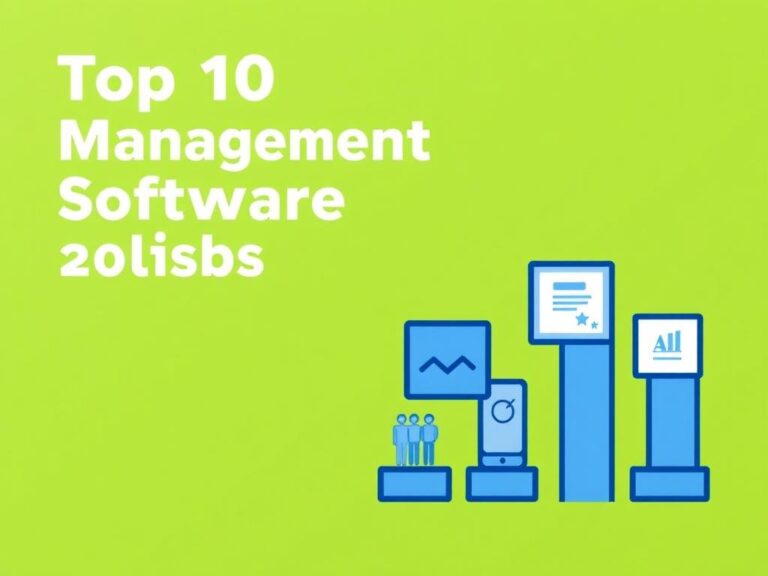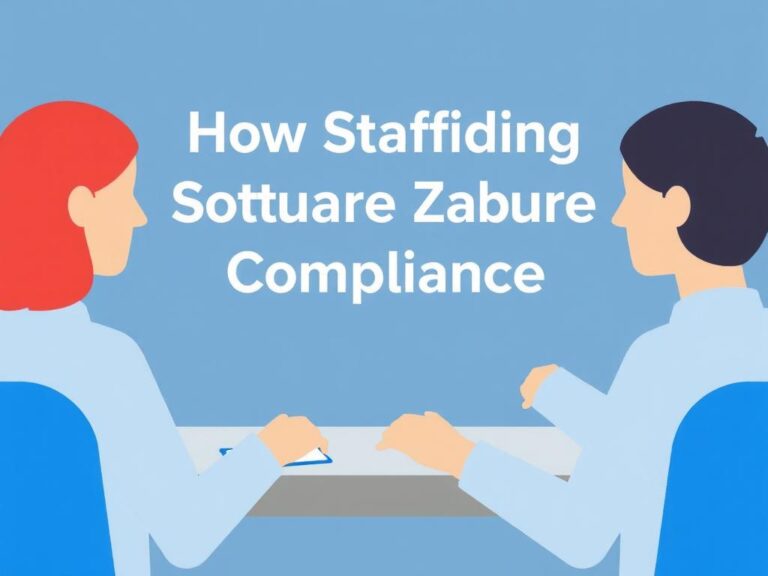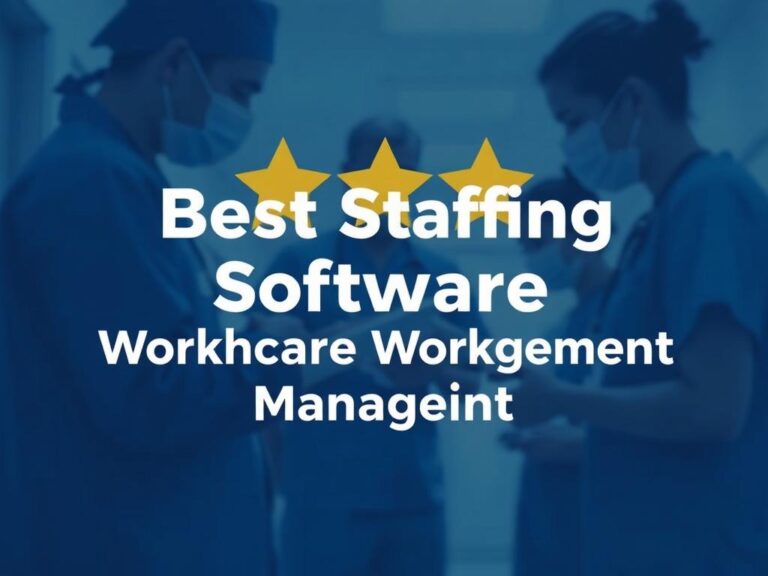Staffing Management Solutions for Retail Businesses: Unlocking Efficiency and Success
Understanding Staffing Challenges in Retail
Retail businesses face unique staffing challenges that demand thoughtful management solutions. From unpredictable customer flow to seasonal spikes, managing staff schedules while ensuring optimal coverage can be a daunting task. Employees often juggle varying shift lengths, last-minute changes, and high turnover rates, all of which can strain a retailer’s operational efficiency. When not handled properly, these issues can lead to under or overstaffing, increased labor costs, and poor customer service. That’s where effective staffing management solutions become essential—they help retail businesses streamline workforce planning, boost employee engagement, and ultimately enhance the customer experience.
Key Features of Effective Staffing Management Solutions
When selecting or designing staffing management solutions for retail businesses, there are several core features to consider. These features help businesses adapt to the fast-paced and variable nature of retail work.
- Automated Scheduling: The ability to automatically create and adjust work schedules based on real-time data reduces administrative burden and error.
- Shift Swapping and Self-Service: Offering employees control over their schedules through shift swapping and requests promotes flexibility and satisfaction.
- Demand Forecasting: Predicting customer traffic trends with historical and real-time data ensures adequate staffing levels at all times.
- Time and Attendance Tracking: Monitoring clock-in/out times and breaks accurately prevents payroll errors and enforces compliance with labor regulations.
- Multi-Location Support: For retailers with several stores, managing staffing centrally while adapting locally is vital.
- Mobile Accessibility: Enabling managers and staff to access schedules, request changes, and receive updates on mobile devices increases responsiveness.
How Staffing Management Solutions Transform Retail Operations

Implementing the right staffing management solutions can significantly improve retail business operations. Consider a medium-sized clothing store with fluctuating customer demand on weekends and holidays. Before adopting a robust staffing platform, managers spent hours creating schedules, handling swap requests by phone, and tracking attendance manually. Missed shifts led to understaffed sales floors during peak hours, frustrating customers.
With solutions featuring intelligent scheduling algorithms, the store can now automatically generate optimized schedules that match historical sales data and foot traffic patterns. Employees use a mobile app to swap shifts and request time off, reducing the need for managerial intervention. The system also flags potential labor law violations, avoiding costly compliance issues. As a result, the store has seen a 20% decrease in labor costs and a notable improvement in customer satisfaction scores.
Choosing the Right Staffing Management Solution for Your Retail Business

Retail businesses come in many shapes and sizes, from small boutiques to large supermarket chains. Selecting the right staffing management solution depends on your business’s unique needs and complexities. Here is a comparison table to help identify key considerations:
| Factor | Small Retail Stores | Medium Retail Chains | Large Retail Enterprises |
|---|---|---|---|
| Number of Employees | Up to 20 | 20 to 200 | 200+ |
| Scheduling Complexity | Low to Medium | Medium to High | High |
| Need for Multi-Location Support | Usually no | Depends on number of outlets | Yes, often |
| Budget Considerations | Limited | Moderate | Significant |
| Preferred Features | Basic scheduling, attendance tracking | Automated scheduling, mobile apps, reporting | Advanced analytics, compliance management, integration with HR systems |
This table underscores the importance of aligning your staffing management solution with your business scale and needs. While small retailers might prioritize affordability and ease of use, larger enterprises may require comprehensive features like demand forecasting and regulatory compliance tools.
Benefits of Incorporating Staffing Management Solutions
The benefits of effective staffing management solutions extend beyond scheduling. Here are some key advantages retail businesses can expect:
- Improved Employee Satisfaction: Flexible scheduling and self-service options empower employees to balance work-life commitments better.
- Reduced Labor Costs: Avoiding overstaffing during slow periods and ensuring enough staff during busy times optimizes labor spend.
- Enhanced Compliance: Automated tracking and alerts help maintain adherence to local labor laws, reducing the risk of penalties.
- Better Customer Service: Properly staffed stores create positive shopping experiences that encourage repeat business.
- Data-Driven Decisions: Advanced reporting tools provide insights into staffing efficiency and productivity.
Implementing Staffing Management Solutions: Best Practices

Rolling out a new staffing management solution requires more than just software installation. Retail managers should follow these best practices to maximize success:
- Engage Employees Early: Involve staff in testing new scheduling tools and gather their feedback to ensure ease of use.
- Provide Training: Offer training sessions and resources so that managers and employees feel confident navigating the system.
- Start with a Pilot: Implement the solution in one location or department before full company-wide deployment.
- Use Data to Adjust: Continuously analyze scheduling outcomes and adjust parameters based on actual business needs.
- Communicate Clearly: Keep all stakeholders informed about changes to processes and benefits to reduce resistance.
By carefully planning and executing your staffing management solution adoption, you can minimize disruptions and accelerate the realization of benefits.
Emerging Trends in Retail Staffing Management
As technology evolves, new staffing management solutions are emerging that leverage AI, machine learning, and even augmented reality to enhance the retail workforce experience. Some exciting trends include:
- AI-Powered Forecasting: Advanced algorithms quickly analyze massive datasets to predict demand patterns with high accuracy.
- Gamified Scheduling Apps: Motivating employees to engage with scheduling tools through game-like incentives and recognition.
- Integration with POS Systems: Synchronizing sales data directly with staffing platforms for seamless demand-matching.
- On-Demand Workforce Management: Platforms that allow retailers to flexibly augment staff with part-time or gig workers as needed.
- Real-Time Labor Cost Tracking: Tools that provide instant feedback on labor spending during shifts.
Retail businesses that stay ahead by adopting such innovations will not only enhance staffing efficiency but also boost overall competitiveness in a dynamic market.
Common Pitfalls to Avoid
Even the best staffing management solutions can fall short if not implemented carefully. Some pitfalls to watch out for include:
- Ignoring Employee Preferences: Overly rigid systems that don’t factor in employee needs may reduce morale and increase turnover.
- Overreliance on Automation: Human oversight remains crucial to address unforeseen circumstances and maintain workplace harmony.
- Insufficient Training and Support: Without proper guidance, users may misuse or underutilize key features.
- Neglecting Compliance Updates: Ensure your solution stays updated with changing labor laws to avoid legal risks.
- Failing to Monitor Data: Not regularly reviewing reports may lead to missed opportunities to improve schedules and costs.
By approaching staffing management solutions thoughtfully, retail businesses can sidestep these issues and reap full benefits.
Conclusion
Staffing management solutions are indispensable tools in today’s retail landscape, where balancing workforce demands with operational efficiency is a constant challenge. From automated scheduling to employee self-service, these platforms offer measurable benefits such as reduced labor costs, higher employee satisfaction, and improved customer experiences. Choosing the right solution involves understanding your retail business’s unique scale and needs, adopting best practices during implementation, and staying attuned to emerging industry trends. While pitfalls exist, a strategic approach ensures that staffing management solutions become a cornerstone of business success, transforming staffing headaches into streamlined, data-driven opportunities for growth and excellence.






